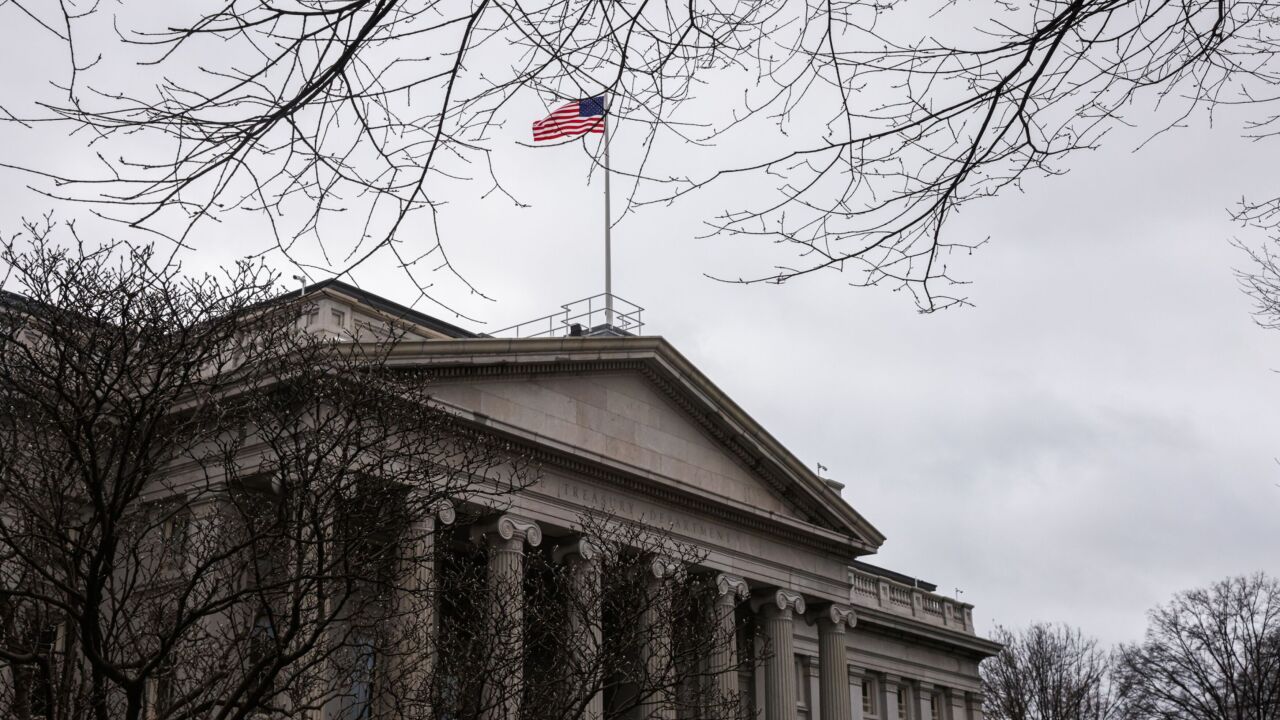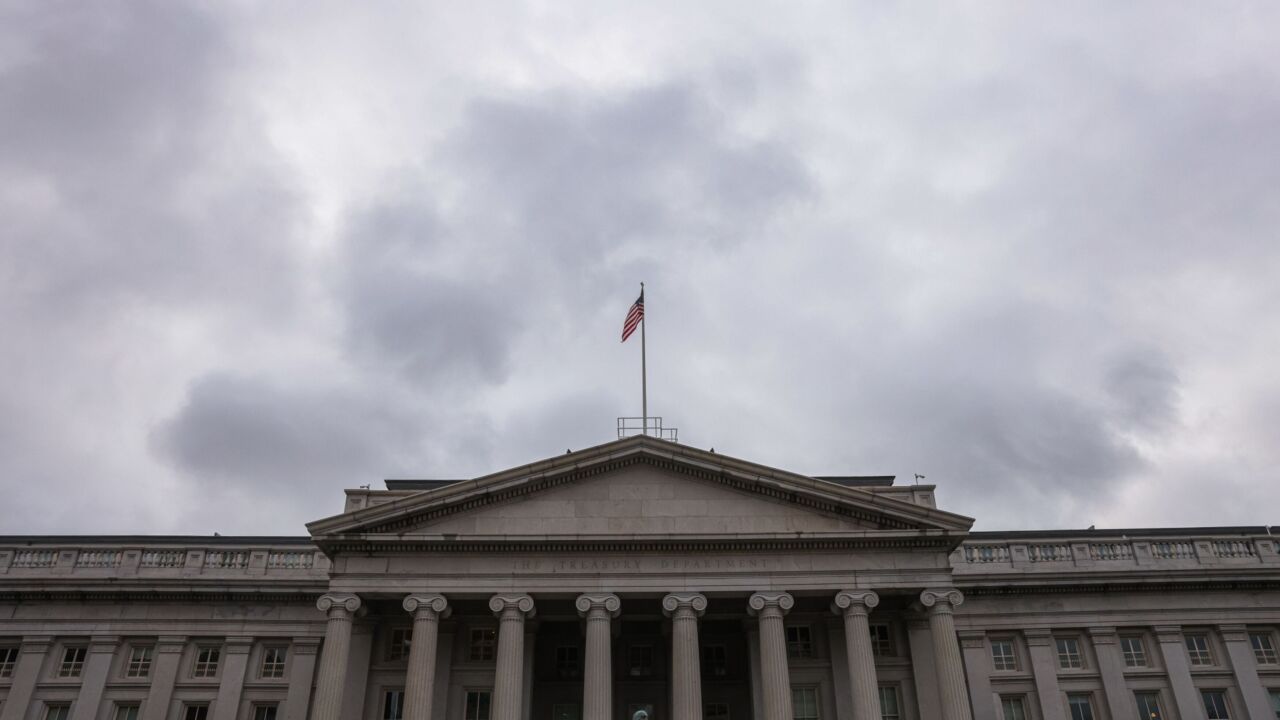-
Treasuries fell across the curve after data showed manufacturing unexpectedly expanded for the first time since September 2022 — while input costs climbed.
April 1 -
Treasuries fell across the US curve, with shorter maturities leading the way after Federal Reserve Governor Christopher Waller said he wants to see "at least a couple months of better inflation data" before cutting rates.
March 28 -
Treasury yields retreat from 2024 highs with month-end in view
February 23 -
The trend gained momentum this week, when there was strong demand for contracts wagering that 10-year yields will breach 4.5%, a level they haven't exceeded since November.
February 21 -
Treasuries sold off, with two-year yields hitting the highest since before the December central bank "pivot." Swap traders ratcheted down their expectations for a Fed cut before July.
February 13 -
Indeed, investors are also positioning for Friday's consumer-price index revisions because of what happened a year ago: the update was significant enough to cast doubt on overall inflation progress.
February 8 -
Yields across the maturity spectrum climbed as much as 10 basis points on the day, reaching session highs after the ISM gauge of service-sector activity for January exceeded economist estimates.
February 5 -
Investors tightening their credit pocketbooks is creating opportunities for lenders. Firms like Värde can step into the gap, buying assets from banks and investing in fixed income.
February 1 -
The Treasury Department is expected on Wednesday to follow through on its November guidance of a third round of increases in its so-called quarterly refunding auctions of notes and bonds.
January 29 -
Truist sold $3.5 billion of bonds in two parts. The longest portion, an 11-year fixed-to-floating rate security, yields 162 basis points above comparable Treasuries.
January 22 -
The year-end yield on the bond, a global anchor for markets and U.S. mortgage rates, is the culmination of a stunning rebound for Treasuries.
December 29 -
The U.S. may be less rate-sensitive than other countries due to its long-term mortgages but could face tighter credit from hard-hit financial institutions.
December 29 -
The riskiest tier of the junk bond market, CCC, has gained nearly 20% year to date on a total return basis, making it the best-performing asset class in the U.S. fixed-income market.
December 28 -
Citigroup, Barclays and Morgan Stanley are just a few of the firms joining JPMorgan in what suddenly feels like a rush into direct lending.
December 22 -
Investors are pricing in more than a 50% chance the Fed will lower borrowing costs in March, and expect the central bank's benchmark rate will fall to around 4% by the end of 2024.
December 6 -
Yields dropped across the US curve after data showed job openings fell to the lowest level since March 2021. Concerns about investors being too fast in anticipating policy easing have resurfaced.
December 5 -
But Mary Daly, president of the San Francisco bank, said it's premature to declare victory against inflation and that the central bank isn't contemplating rate cuts at all right now.
November 30 -
A $55 billion auction of five-year bonds saw strong demand, following a soft $54 billion sale of two-year notes. Benchmark 10-year yields dropped to around 4.4%.
November 27 -
The bond market recovery has come amid some bouts of wild back-and-forth swings, yet is gaining ground since the Fed left its benchmark policy rate unchanged earlier this month.
November 14 -
Long-dated Treasury yields had reached the lowest levels in more than a month just a day earlier, attributed to investors and traders positioning for the end of the Fed's historically aggressive tightening cycle.
November 10

















